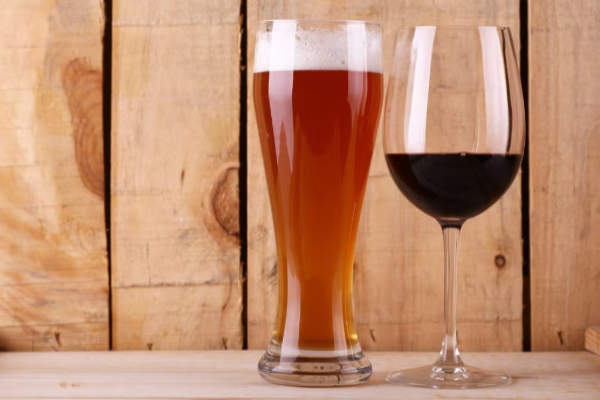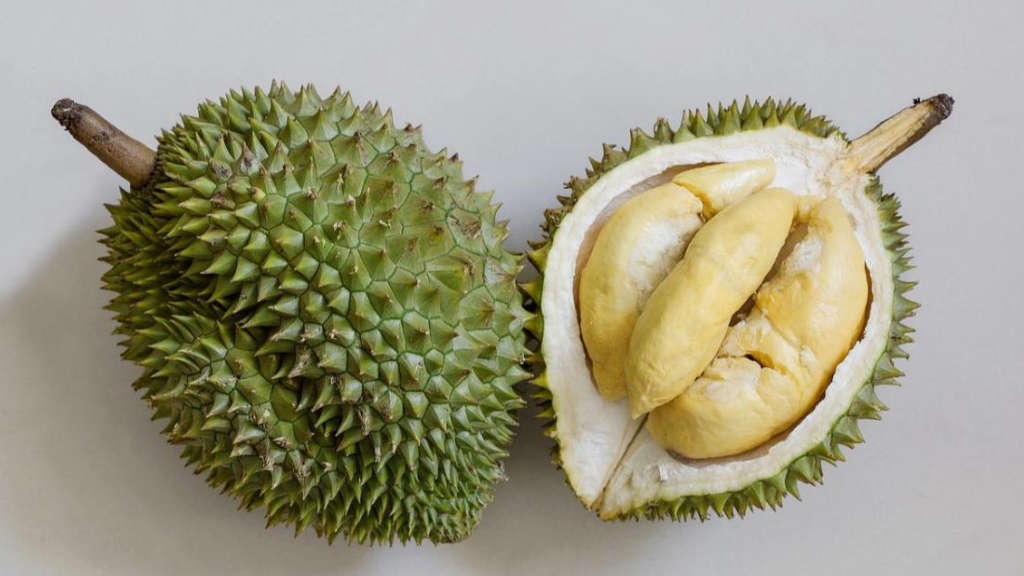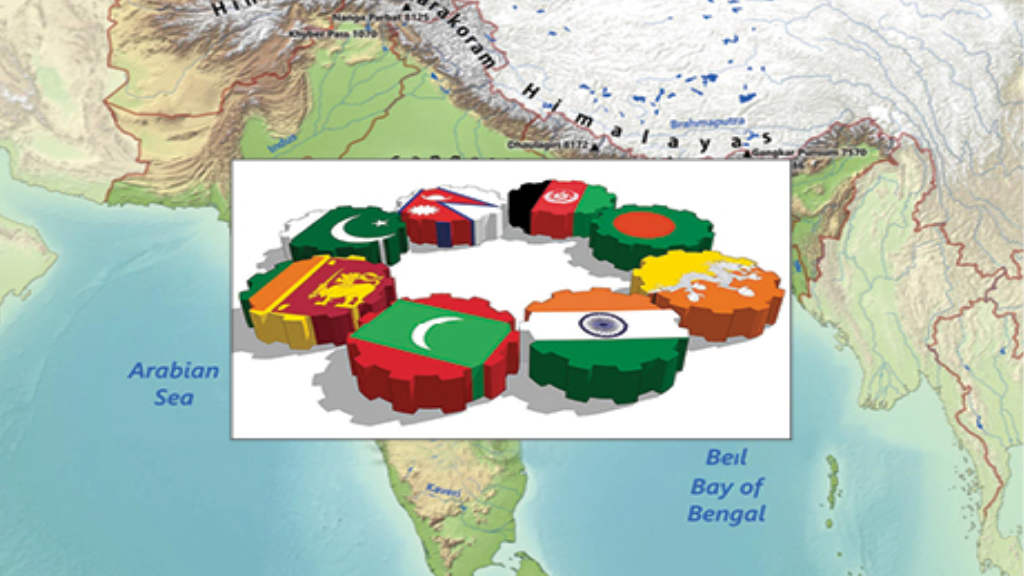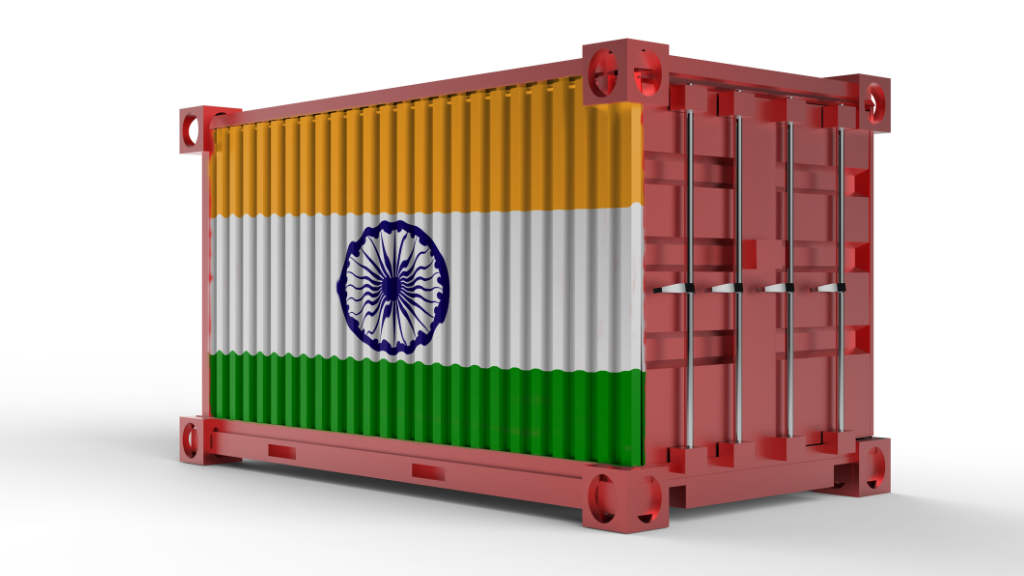Russia’s alcohol consumption behaviour has been changing in recent years due both to geostrategic changes in global markets and because of Russia’s internal policies. The latter has included a tightening of fiscal policy in the alcohol industry in early 2025, introducing higher excise taxes, higher minimum retail prices, and higher import duties. This has led to a significant decline in sales of strong alcoholic beverages and changes in consumer preferences.
Despite old Cold War imagery of Russia being largely vodka-fueled, in fact it is not even in the top ten of European alcohol consumers per capita, ranking behind (in order from the highest) Latvia, Spain, Austria, Czech Republic, Estonia, Lithuania, France, Hungary, Ireland, Slovenia, the United Kingdom, Denmark, and Slovakia. Russia’s consumption per capita is just over 9 liters per annum. The alcohol varietal consumption makeup is also changing.
Russia’s decline in alcohol consumption is also a continuing trend. In January-April of this year, the decline in Russian retail sales of alcohol was 14%. That has led to a revision of the product range by manufacturers, a decrease in the share of imports, and a shift in consumer interest towards a more affordable segment—beer.
According to calculations by Rosalkogoltobakkontrol (RATC), in January-April 2025, retail sales of alcoholic beverages (excluding beer, beer drinks, cider, perry, and mead) decreased by 14%, to 63.58 million decaliters (dal). At the same time, alcohol production decreased—by 26% year-on-year, to 46.58 million dal. Increased excise duties have played a part.
According to Pavel Pobedkin, the owner of the well-known Kaluga distillery (Cristal), a noticeable increase in excise taxes and minimum retail prices (MRP) has led to a sharp rise in the price of alcoholic beverages, saying that “Against the backdrop of rising prices, consumers have reduced their purchases of alcohol.”
According to amendments to the Russian Tax Code, from January 1, 2025, the excise tax on ethyl alcohol increased by almost 15%, to ₽740 a liter; for brandy, by 17.12%, to ₽944 a liter; for cognac, by 17.09%, to ₽1,302 a liter; and for vodka, by 16.7%, to ₽698 per liter.
Changing Drinking Habits

At the same time, in some categories of alcohol, an increase in sales was noted. According to Veniamin Grabar, president of the Russian distillers Ladoga, sales of vodka, brandy, still and sparkling wines are declining, while the categories of whiskey, liqueurs, gin, and rum are growing. This trend is confirmed by data from Nielsen. According to their analysts’ calculations, in January-April 2025, vodka sales in physical terms in retail decreased by 4.1%, brandy by 10.2%, cognac by 1.7%, vermouth by 18.3%, and sparkling wines by 21.2%. But reversing this trend were the fastest-growing alcohol categories, being rum, with sales increasing by 17.1%; gin, by 10.2%; whiskey (not Scotch), by 8.2%; and liqueurs, by 6.3%.
Since the decline occurred in the most popular categories—vodka and brandy—many producers have begun to review their product range.
Pobedkin says that “Back in 2023, we began the transition from the mass segment to more complex and interesting categories, such as aperitifs, liqueurs, tinctures, gin, and rum. These drinks showed growth even in the context of a general market decline.”
The decline in production is not only due to a general decline in alcohol sales. In anticipation of the increase in excise taxes, all market participants—from distributors to federal chains—created large stockpiles in warehouses for the first few months of 2025. The Saransk distillery, for example, increased shipments in the fourth quarter of 2024 by 5-10% of the annual supply volume in anticipation of the excise increases.
Recovery?

Elena Slobodanyuk, Marketing Director of Tatspirtprom, believes that the decline in demand for the most popular categories of alcohol is short-term and rather artificial. “It takes some time for consumers to get used to new prices. Buyers’ habits do not change much, and inflation and rising wages will contribute to the full restoration of demand over time.”
Veniamin Grabar also expects the market to further recover, thanks to the summer season. He predicts a continued decline in wine sales, which will be replaced by growth in traditional bar categories—whiskey, gin, and rum. “This is where the consumer will find a replacement for wine while maintaining the degree of consumption—mixing it with tonic, juice, cola, or soda,” he explains. In general, RATK also records a gradual stabilization of the market. For example, in April 2025, the decline in retail alcohol sales slowed to 12% year-on-year, while at the end of the first quarter it was 14.7%.
Wine

In August 2024, the Russian government set a duty on imported wine from unfriendly countries at 25%, but not less than US$2 (₽160) per liter. Previously, the duty was 20% of the customs value of the goods.
According to Alexander Lipilin, of Fort Wine Traders, says that the most significant increase in price was for wine in the budget sector. According to his estimates, wines that previously cost ₽400-500 per bottle are now sold at ₽1,000 and above. This increase in duties also led to an increase in the price of imported products by an average of 40% year-on-year. Many Russian distributors began to revise their supplies, increasing imports from friendly countries, for which the duty remained attractive at a lower 12.5%.
Vladimir Kosenko, head of premium wine portfolio development at Luding Group, notes that there is currently a redistribution of volumes among imported products in the entry-level and mid-price segments. According to him, sales are growing for drinks from countries that are able to offer a comfortable price to the consumer. He says that “consumer practice shows the buyer is not ready to forgive the increase in the price of Sauvignon Blanc from France or New Zealand and very easily replaces it with wine from South Africa or Chile.”
Lipilin agrees, saying that wine imports are generally declining, but the share of wine imports from unfriendly countries are declining even faster. For example, Fort has now begun cooperation with wineries in Turkiye, Egypt, and even Syria, while the growth of supplies from Chile, Argentina, and South Africa amounted to a 30% increase in 2024. At the same time, the share of French and Italian wine imports is declining.
According to Luding, in Q1 2025, sales of Georgian still wines in Russia decreased by 17%, to 1.33 million decaliters (dal); Italian, by 30%, to 845,000; Spanish, by 31%, to 710,000; and Portuguese, by 24%, to 407,500. Bucking the trend, though, are wines from Chile (up 2%, to 426,100 dal) and South Africa (up 48%, to 401,000 dal).
In the sparkling category, sales of Belarusian wine increased the most in January-March of this year—more than 21 times year-on-year, to 11,800 dal. However, such an atypical surge for this country is mainly due to the low base. Deliveries of bubbly from Chile increased significantly—by 158%, to 10,400 dal, and Armenia—by 18%, to 18,370. At the same time, the most popular imported sparkling wines, on the contrary, have seen a decline in sales: products from Italy—down 30%, to 1.21 million dal; from France—down 32%, to 159,000; and from Spain—down 37%, to 101,000. Consumers are dumping champagne, prosecco, and cava for more affordable and comparable products.
At the same time, according to RATK, sales of still wine in January-April 2025 decreased by 1.4%, to 17.5 million dal, and sparkling wine by 5.2%, to 6.42 million dal.
But there may also be calendar issues unique to Q1 2025 that depressed sales as well. Fewer weekends and holidays in the first quarter of 2025 and an earlier Lent period may also have impacted the quarter’s decline in wine sales. Much of the reduced consumption has been from imported wines from unfriendly countries.
Petr Romanishin, CEO of the Fanagoria winery, says that the trend may also affect Russian products. But if producers can maintain a balance between price and quality, and the state does not increase excise taxes, then the share of Russian wine in sales should increase.
Wine vs. Beer

A consequence of the increase in excise duties has also been the gradual shift of wine buyers to the beer category. Since duties and prices for wine grew faster than for beer and strong alcohol, wine consumption began to reduce in terms of the price/strength ratio. Alexander Lipilin says, “We have been observing this process for some time now, and it will most likely continue.” In his opinion, the cost of wine is becoming less comfortable for consumers due to the rise in the cost of imported products, which is gradually followed by an increase in the prices of Russian wines.
Wine is always a product of stability; therefore, when people are confident about the future, they prefer it to other alcohol, says Vladimir Kosenko, who states, “The less predictability the society, the more actively we switch to simpler drinks.”
Beer and wine have been natural competitors since the times of Ancient Egypt. Despite the fact that the raw materials, aromas, and tastes are very different, these two drinks are “lightly alcoholic” and, in his opinion, easily replace each other at the level of basic consumption. Kosenko says that “when a person has plenty of disposable income and few societal worries, he takes a bottle of expensive Sauvignon Blanc from the nearest store for the evening and enjoys dinner with his beloved in the evening. But as soon as insecurities begin to arise, he turns instead to beer.”
Romanyshyn also notes growing consumer interest in beer, saying that price increases in early 2025 for still and sparkling vine widened the price gap between beer and wine. But he notes this affected the low- and medium-price segments. Now, he says the decreasing alcohol consumption trend by younger Russians is the main obstacle for the wine consumer market, rather than a flow into other product categories.
Quick Alcohol Per Capita Comparison, Per Liter, Per Annum, 2024 (Statista)
United Kingdom 9.86
United States 9.51
European Union* 9.50
Russia 9.46
*Average consumption. The highest country consumption in the EU is Latvia with 11.9. The lowest is Sweden with 7.5.
Further Reading
How Russia Is Repositioning Its Wine Industry to Boost BRICS and Domestic Production





